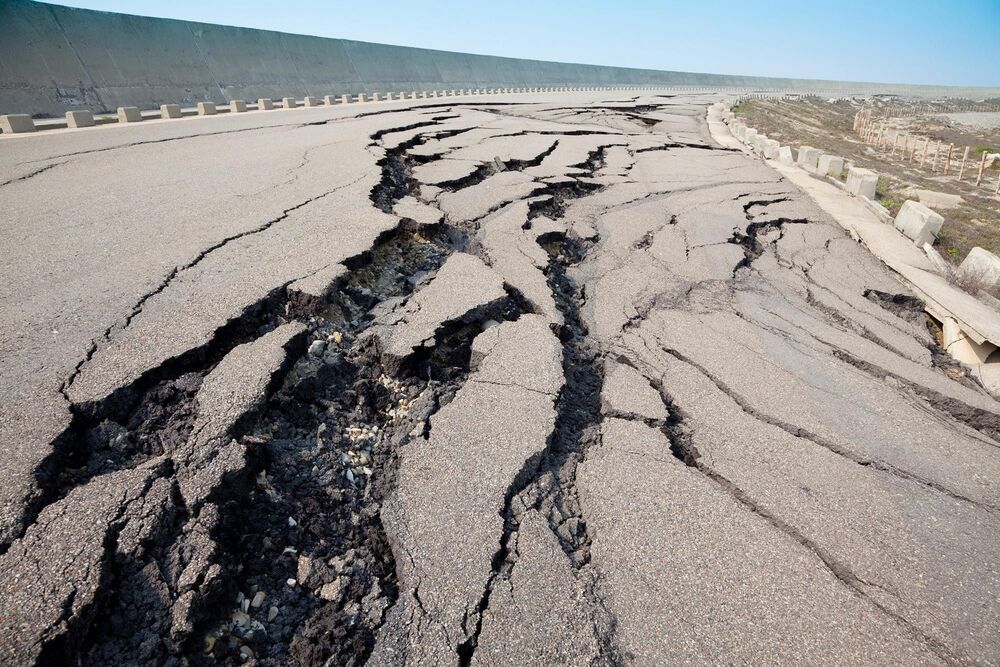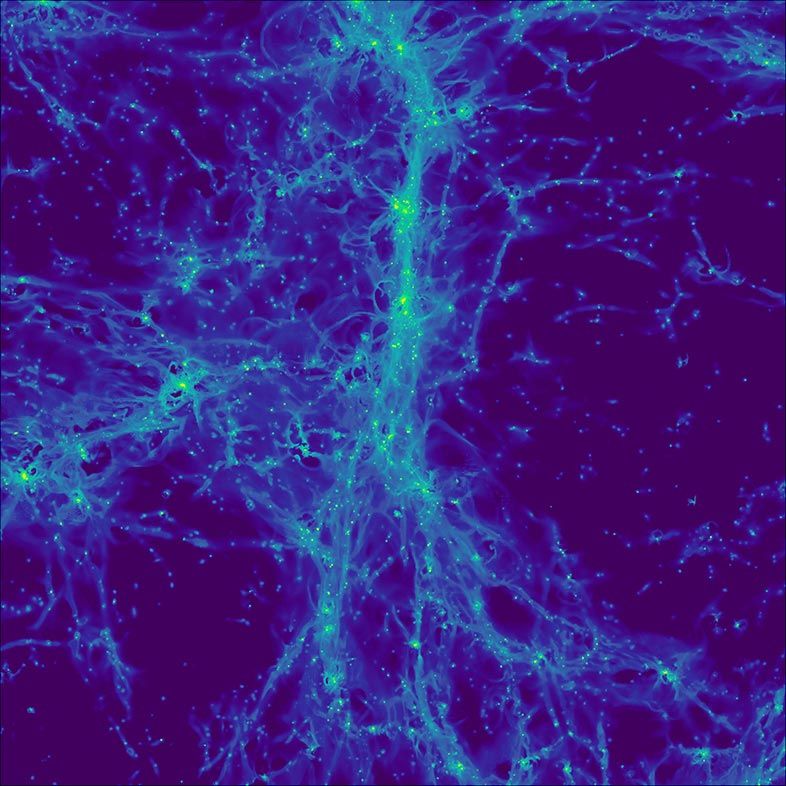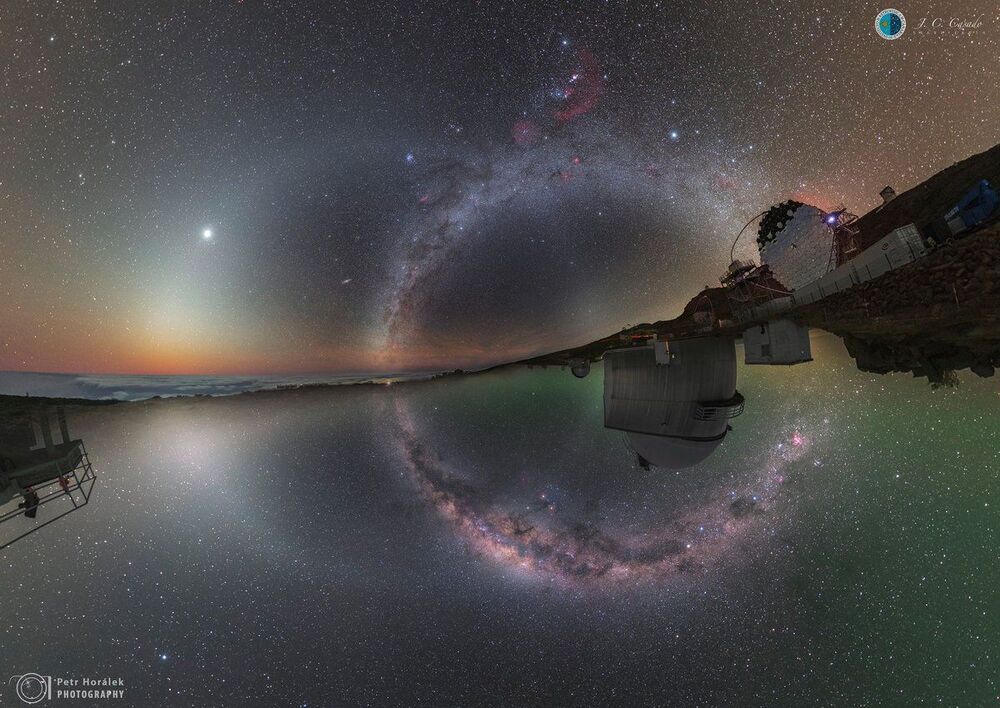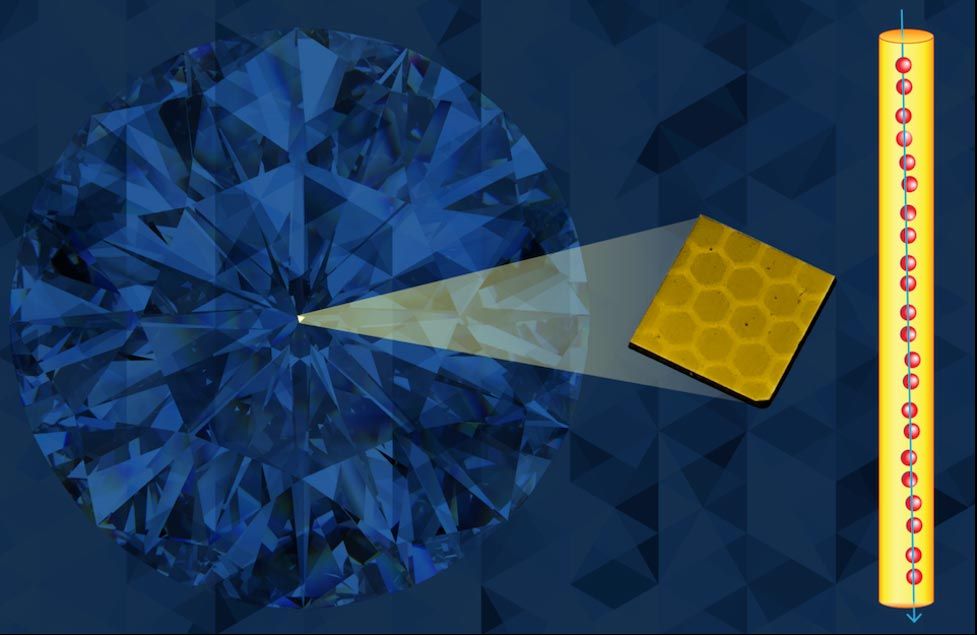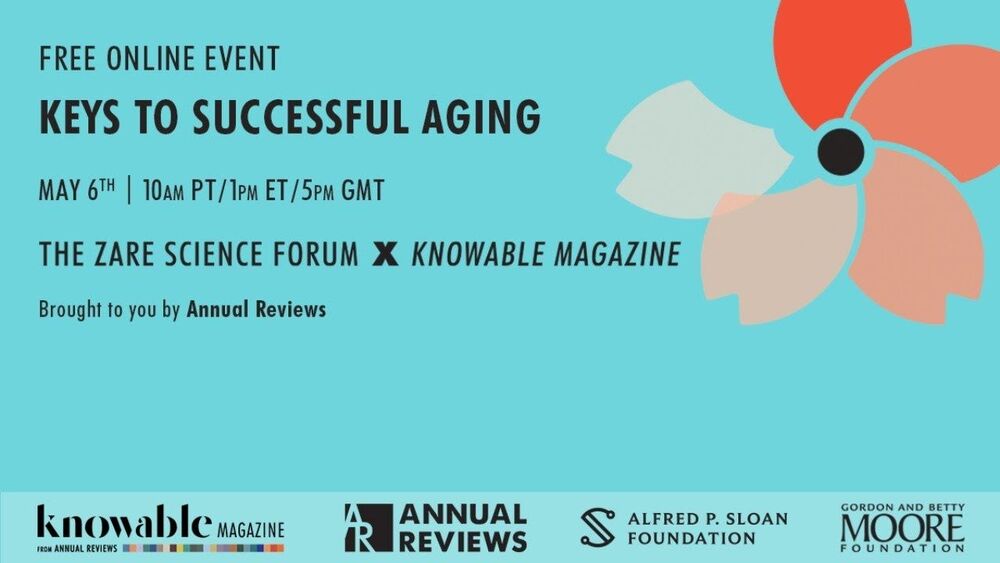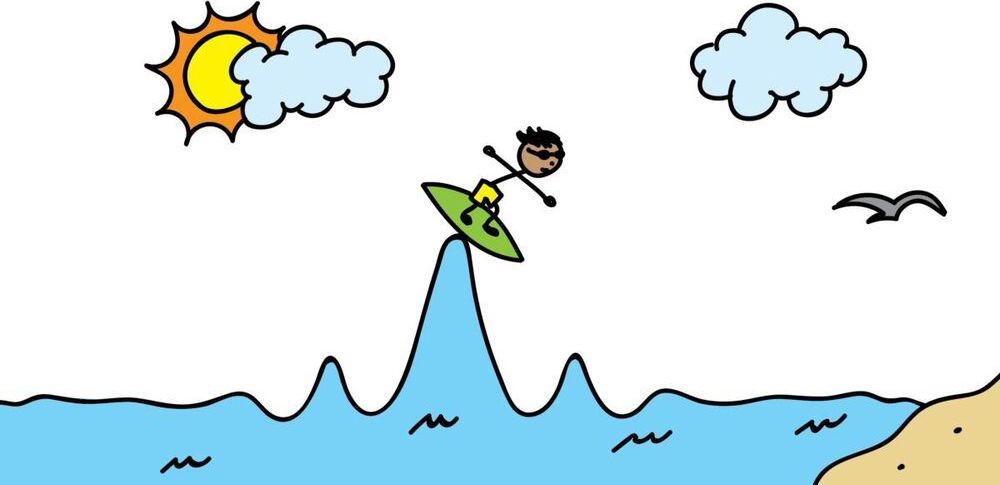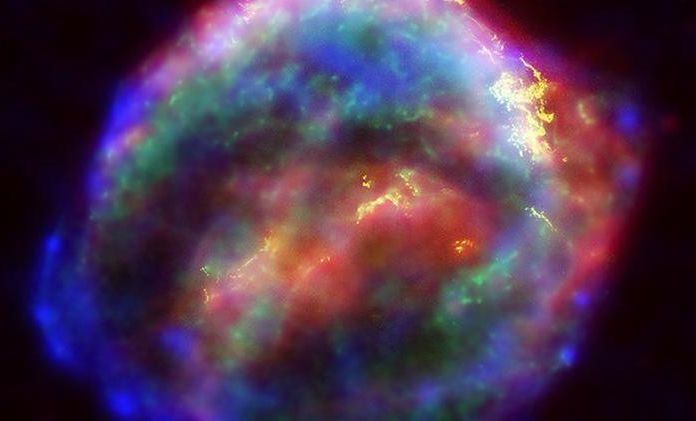In our new HVP COVID Report, Dr. Nick Jackson from CEPI discuss second-generation COVID-19 vaccines and preparing for the next pandemic.
A University of California San Diego engineering professor has solved one of the biggest mysteries in geophysics: What causes deep-focus earthquakes?
These mysterious earthquakes originate between 400 and 700 kilometers below the surface of the Earth and have been recorded with magnitudes up to 8.3 on the Richter scale.
Xanthippi Markenscoff, a distinguished professor in the Department of Mechanical and Aerospace Engineering at the UC San Diego Jacobs School of Engineering, is the person who solved this mystery. Her paper “Volume collapse instabilities in deep earthquakes: a shear source nucleated and driven by pressure” appears in the Journal of the Mechanics and Physics of Solids.
The team took the bold step of pointing ESO’s Very Large Telescope, equipped with the MUSE instrument coupled to the telescope’s adaptive optics system, at a single region of the sky for over 140 hours. Together, the two instruments form one of the most powerful systems in the world.[3] The region selected forms part of the Hubble Ultra-Deep Field, which was until now the deepest image of the cosmos ever obtained. However, Hubble has now been surpassed, since 40% of the galaxies discovered by MUSE have no counterpart in the Hubble images.
Universe Today.
Being able to look up at a clear, dark sky is becoming more and more rare in the rich world. Authors, artists, and even scientists have started to express concern about what our lack of daily exposure to a dark night time sky might mean for our psyche and our sense of place in the universe. Now a team has collected photometric data at 44 sites around the world in an attempt to quantify how dark the night sky actually is at different places on the globe. So where was the darkest place surveyed? The Canary Islands.
It just so happens that the lead researcher on the project, Dr. Miguel Alarcón is from that set of islands off the west coast of Africa. The paper he and his colleagues wrote, soon to be published in The Astronomical Journal, used a series of photometers, confusing called TESS (not to be confused with the Transiting Exoplanet Survey Satellite) to try to get a baseline of how dark the night sky is throughout the world.
The team collected 11 million points of data from places as far apart as Namibia, Australia, and the US. While this did not include some more popular astronomy spots, such as the highlands of Antarctica, it was a good sample of different conditions. As mentioned above, the Canary Islands had the lowest levels of background light of anywhere studied. Only about 2% of the light in the sky at night comes from artificial light at the Roque de los Muchachos Observatory in Garafia.
A new way to form self-aligned ‘color centers’ promises scalability to over 10000 qubits for applications in quantum sensing and quantum computing.
Achieving the immense promise of quantum computing requires new developments at every level, including the computing hardware itself. A Lawrence Berkeley National Laboratory (Berkeley Lab)-led international team of researchers has discovered a way to use ion beams to create long strings of “color center” qubits in diamond. Their work is detailed in the journal Applied Physics Letters.
The authors includes several from Berkeley Lab: Arun Persaud, who led the study, and Thomas Schenkel, head of the Accelerator Technology and Applied Physics (ATAP) Division’s Fusion Science & Ion Beam Technology Program, as well as Casey Christian (now with Berkeley Lab’s Physics Division), Edward Barnard of Berkeley Lab’s Molecular Foundry, and ATAP affiliate Russell E. Lake.
A handful of companies are trying vastly different approaches to spin animal studies into the next big anti-aging therapy.
A guide to bosonic codes and error correction in a photonic platform.
Ilan Tzitrin, J. Eli Bourassa, and Krishna Kumar Sabapathy
You and two of your friends, Judit and Gary, are on a long-awaited trip in southern India. On a leg of your journey, you find yourselves on a luxurious train ride through the Deccan Plateau, about to meander through the breathtaking Western Ghats. Before the scenery captures your attention, your friends decide to entertain themselves with a game of chess, while you continue to devour Carl Sagan’s Contact.
A half hour into an intensive game, Judit and Gary agree they could use a break to refresh, and they head to the dining car for some samosas and chai. At this very moment, the train begins a gentle ascent up a mountain, and all the chess pieces slide a little in one direction. The board ends up looking like this:
Something went boom in outer space and sent radioactive stardust our way, and it’s just been found at the bottom of the ocean.
To survive 7000 metres below the surface of the sea, the Yap hadal snailfish has evolved advanced mechanisms for repairing its DNA and safeguarding its proteins.

